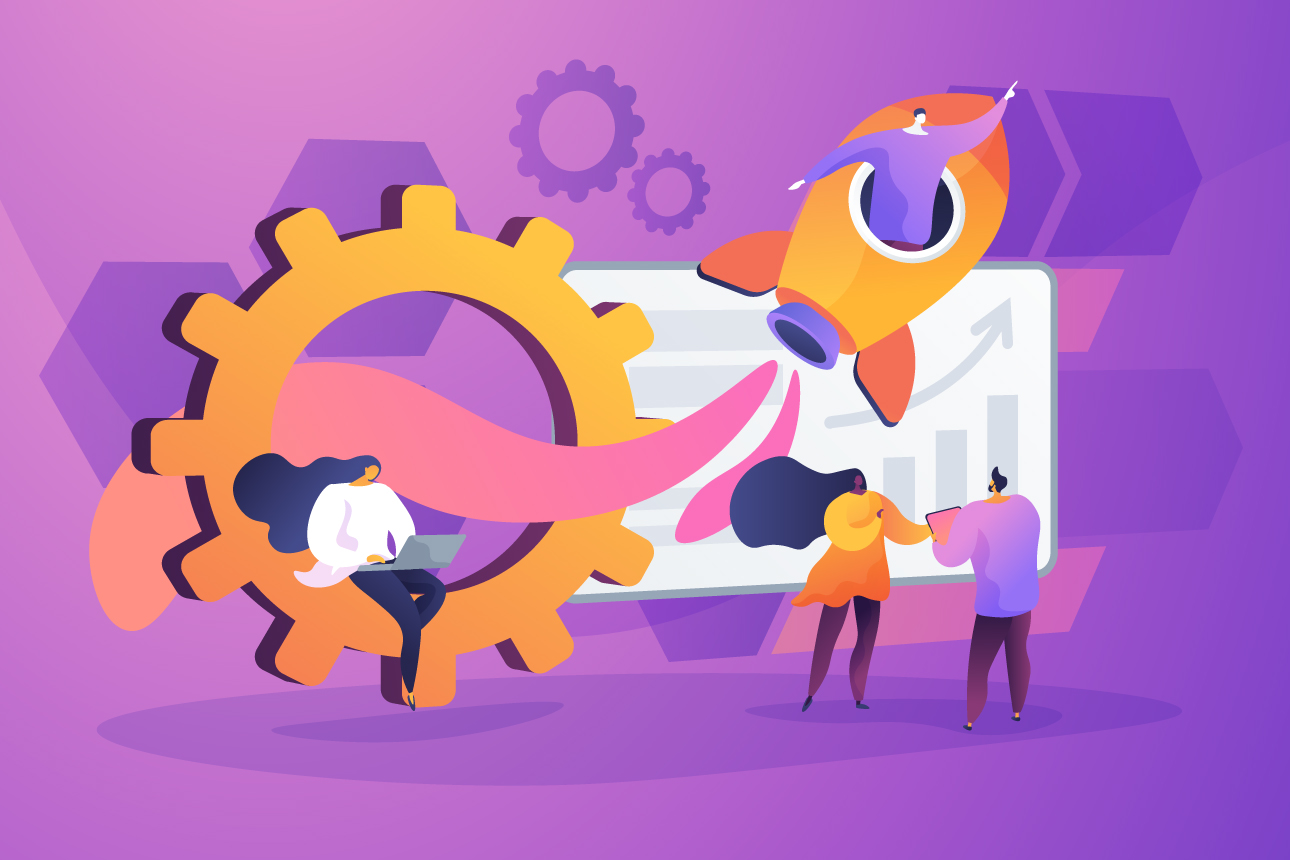Developing Strategy for New Customer Expectations
Companies and leaders must reexamine key assumptions about customer behavior in order to deliver value in the post-pandemic era.
Topics
Connecting With Customers in the Age of Acceleration
Brought to you by
Brightcove
The pandemic caused organizations around the world to rethink how they were doing business. Remote work, distance learning, and curbside retail pickups became a necessity, whether or not managers felt they were a good idea before the pandemic. Preparing for the post-pandemic era requires leaders to weigh their options for the future. What is the right combination of the old ways and the new ways? What do customers and employees really want as we move forward?
Making these decisions requires not only weighing new options but also rethinking the decision-making process itself. The unspoken assumptions that helped to speed decision-making in the past may lead companies to take the wrong path. As leaders develop strategy for a future that has been reshaped by the pandemic, they need to rethink their fundamental assumptions about how employees work, what customers want, and how to drive change in organizations. In this article, I will examine some key assumptions about what customers want. While some prior assumptions may remain true, all of them need serious consideration, and many will need rethinking for the post-pandemic economy.
Get Updates on Transformative Leadership
Evidence-based resources that can help you lead your team more effectively, delivered to your inbox monthly.
Please enter a valid email address
Thank you for signing up
Customer Assumption 1:
Customers want the human touch.
People want personal service — but they don’t necessarily need it from a person. Consider that 71% of customers expect personalization from brands and businesses, and 76% get frustrated when they don’t experience it.1 Meanwhile, digital retail transactions skyrocketed from 16% to 27% in the first two months of the U.S. COVID-19 outbreak, compared with two decades of annual growth in the 1% range.2 This growth in e-commerce showed how many people are just as happy with self-service shopping as they are with buying from a person, and the pandemic accelerated this preference.3 Now nearly every product, whether books, insurance, or cars, can be sold effectively online. As technology continues to become more sophisticated — with increasing numbers of algorithm-based recommendation systems and chatbot-based customer service processes — more aspects of commerce can cut back on human interactions. After COVID-19-related restrictions reduced the role of in-person interactions in the restaurant, retail, and real estate industries, among others, customers are seeing even less need for them during the buying process.
Companies that rely on human salespeople should consider whether that approach will remain viable for their products in the coming years.
References
1. N. Arora, D. Ensslen, L. Fiedler, et al., “The Value of Getting Personalization Right — or Wrong — Is Multiplying,” McKinsey & Co., Nov. 12, 2021, www.mckinsey.com.
2. “Fifty Five: The Quickening,” McKinsey Quarterly, July 28, 2020, www.mckinsey.com.
3. J. Degnan, “Using Self-Service Technologies as a Competitive Advantage in a Post-Pandemic Retail Environment,” NCR, April 6, 2021, www.ncr.com. The preference for traditional retail was 68% pre-pandemic, but when shoppers were asked what their preferred shopping method would be post-pandemic, it dropped to 47%, with the shifters distributing their preferences broadly across online shopping options in terms of delivery turnaround times and onsite pickup options.
4. On Amazon on Nov. 19, 2021, the Kindle version of “Lonesome Dove” was priced at $15.99, and a paperback cost $14.69 (including free shipping for Prime members). For comparison, the hardcover was $21.99, and the audiobook was $39.18. The 2021 novel “We Begin at the End” was $14.99 on the Kindle and $14.17 for the paperback, compared with $22.99 for the hardcover and $21.83 for the audiobook.
5. C. Chaffer, “‘Hamilton’ Cast to Host Virtual Fundraiser for Joe Biden Campaign,” Rolling Stone, Oct. 13, 2020, www.rollingstone.com; and T. Johnson, “‘Star Trek’ Cast Members to Hold Fundraiser for Georgia Senate Runoff,” Deadline, Dec. 7, 2020, https://deadline.com.
6. T. Levitt, “Marketing Myopia,” Harvard Business Review 82, no. 7 (July-August 2004): 138-149; and C.M. Christensen, T. Hall, K. Dillon, et al., “Know Your Customers’ ‘Jobs to Be Done,’” Harvard Business Review 94, no. 9 (September 2016): 54-62.
7. S. Kohli, B. Timelin, V. Fabius, et al., “How COVID-19 Is Changing Consumer Behavior — Now and Forever,” McKinsey & Co., July 30, 2020, www.mckinsey.com.

Comment (1)
Jonathan Knowles